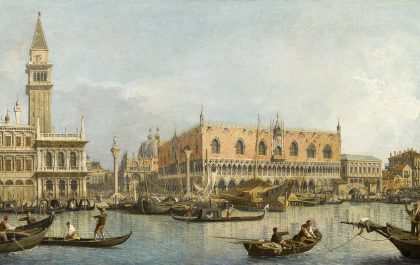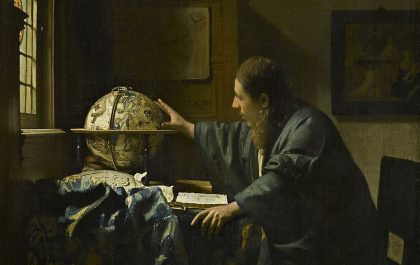The Triumph of Bacchus is a painting by the Walloon artist Michaelina Wautier. It was painted between 1650 and 1656 and is one of Wautier’s greatest works, as well as her largest. Based on classical texts, the picture shows a procession with the drunken god Bacchus at its centre, surrounded by other humans, satyrs, and animals. It is notable for its large number of nude male figures, something uncommon from a woman artist in this period.[1]
On the far right is a self=portrait of the artist,[1] notably the only figure looking directly out at the viewer. Unlike the other figures, she appears somewhat detached from the excitement and is paying no attention to the man trying to touch her. At her feet are two children playing with a goat.
Related posts
1/0
1/0
Recent Posts
Le Marché aux chevaux
Le Marché aux chevaux est un tableau à l’huile sur toile de la peintre française Rosa Bonheur, de style réaliste, réalisé de 1852 à 1855. Cette grande toile inspirée par le marché aux chevaux de Paris montre une scène de foire de vente aux chevaux...
La Liberté guidant le peuple
La Liberté guidant le peuple est une huile sur toile d’Eugène Delacroix réalisée en 1830, inspirée de la révolution des Trois Glorieuses. Présenté au public au Salon de Paris de 1831 sous le titre Scènes de barricadesnote 1, le tableau est ensuite exposé au musée...
Le Môle vu du bassin de San Marco
Le Môle, vu du bassin de San Marco 1730 / 1755 (2e quart du XVIIIe siècle) Canaletto (Antonio Canal, dit) Italie Vénétie Venise, École de
Pierrot
149
L’astronome
L’Astronome (De astronoom), ou L’Astrologue, est un tableau de Johannes Vermeer (huile sur toile, 51 × 45 cm), peint vers 1668 et conservé au musée du Louvre1.




